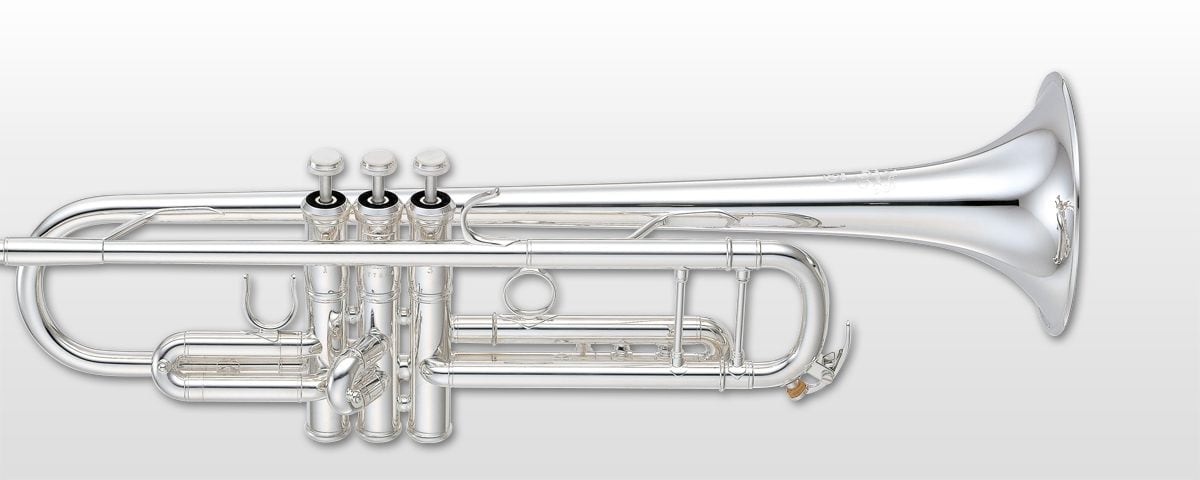YTR-9335NYS Zakończona produkcja
Trąbka zaprojektowana przy współpracy z Johnem Hanstromem
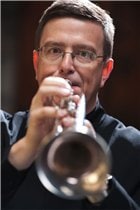
David Bilger
Hailed by the New York Times for his playing of “easy brilliance” and by the Washington Post for his “engaging legato touch,” David Bilger has held the position of principal trumpet of The Philadelphia Orchestra since 1995. Prior to joining the Orchestra, he held the same position with the Dallas Symphony.
As a soloist, Mr. Bilger has appeared with The Philadelphia Orchestra, the Dallas Symphony, the Houston Symphony, the Chamber Orchestra of Philadelphia, the Oakland Symphony, the Indianapolis Chamber Orchestra, Philharmonia Virtuosi of New York, and others. His solo appearances with The Philadelphia Orchestra include 2013 performances of Hummel’s Trumpet Concerto, a 2008 US Premiere of Herbert Willi’s “Eirene” for trumpet and orchestra as well as performances of the Tomasi Trumpet Concerto at Carnegie Hall, and on tour in North and South America in 1998; Haydn’s Trumpet Concerto in February 2003; Copland’s Quiet City in October 2004; and Bloch’s Proclamation in 2006. Mr. Bilger has performed recitals in New York, Washington, D.C., Cleveland, Los Angeles, Philadelphia, and other major American cities.
Mr. Bilger has appeared with the Chamber Music Society of Lincoln Center, with which he recorded Bach’s Second Brandenburg Concerto. Other chamber music appearances include Chamber Music Northwest, the New York Trumpet Ensemble, Saint Luke’s Chamber Ensemble, as well as guest appearances with the Canadian Brass and the Empire Brass. He released a recording of new electro-acoustic music for trumpet and synthesizers with composer Meg Bowles.
Mr. Bilger is currently on the music faculties The Curtis Institute of Music and Temple University, and was a former faculty member of the Hugh Hodgson School of Music at the University of Georgia. He has performed master classes at dozens of institutions, including the Juilliard School of Music, Indiana University, the University of Michigan, the Manhattan School of Music, and the Peabody Conservatory. He has also taught at the Pacific Music Festival and the National Orchestral Institute most recently at the Aspen Music Festival and School.
Mr. Bilger holds a Master of Music degree from the Juilliard School of Music and a Bachelor of Music degree from the University of Illinois.
Design czary
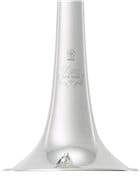
The area where the bell meets the valves has been redesigned for optimum playing resistance and brilliant, distinctive tone. High note playability has been significantly improves as well.
The bell has a bottom seam that results in ideal balance with the new thinner valve casing and pistons.
Nowy system regulacji

Wykorzystując rurę główną w oryginalnym stylu Malone Pipe™ (MB1) oraz płytszy ustnik, udało nam się osiągnąć lepszą tonalność instrumentu, zapewniając jednocześnie idealny opór powietrza i szybszą reakcję na grę trębacza. Aby uniknąć lutowania wspornika na palec, brzmienie trąbki jest jeszcze czystsze i bardziej klarowne. Malone Pipe™ Malone Pipe™ to oryginalna konfiguracja rury głównej, zaprojektowana przez znanego artystę, Boba Malone. Oferuje szybszą reakcję na grę trębacza, wspaniałą intonację oraz wspaniałą tonalność brzmienia. Bob Malone otworzył własny warsztat instrumentów dętych w Los Angeles w 1983 roku. Od tej pory jest twórca wielu oryginalnych rozwiązań konstrukcyjnych. W 2001 roku Bob dołączył do zespołu Badań oraz Rozwoju instrumentów dętych. Oryginalny design rury głównej Malone Pipe™ od wielu lat jest stosowany w modelach z serii Xeno Artist oraz Custom. Malone Pipe™ gwarantuje wspaniałe brzmienie o doskonałej projekcji dźwięku.
Valve casing, Piston
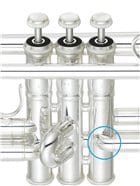
Thinner valvecasing and pistons, as well as the modified angle of the branch tube (Knuckle, marked blue in the photo), result in improved response and provide the performer with an ideal appropriate resistance.Modifications to the shapes of the piston button, top cap, and bottom cap, as well as production refinements, have made it possible to deliver a deeper tone while improving projection.
Main tuning slide and brace
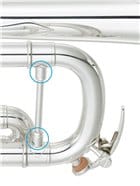
A conventional square crook is used (the Chicago model has a semi-square crook), while the main tuning brace has been extended and made heavier to achieve blowing resistance and vivid tonality that add up to brilliant presence in orchestral settings.
Ulepszony zawór do usuwania nagromadzonej wilgoci
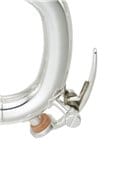
The weight distribution of the water key arm and bridle has been revised for more playing versatility and easier access to the high notes.
Brace barance and position
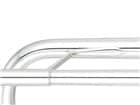
The shape and position of the bell braces has been modified to achieve better weight balance that results in speedier response and livelier tone with a solid tonal core.
Stoper wentyli
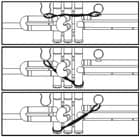
Stoper zapobiega przesuwaniu się pozycji wentyli. Został on wykonany ze specjalnej silikonowej gumy, która nie koliduje z wyglądem instrumentu. Jest doskonałym rozwiązaniem dla artystów grających na żywo. (Długość: 12 cm)
Case
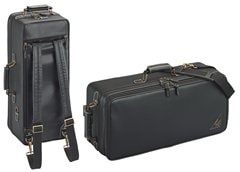
The TRC-800E double case features a backpack-style design for ease of transport.

